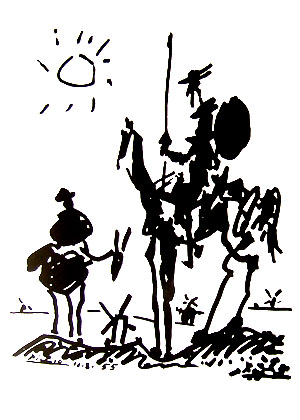'Character' Armor
Armor is a metaphor referring to the muscular spasms, decreased moltility, postural mis-alignments, and character attitudes which an individual develops that act as a defense against the breakthrough of unwanted or intolerable feelings, sensations, emotions, or experience. Muscular armor serves, mostly, as a defense against anxiety, anger, fear, and sexual excitation. Character armor leads to emotional rigidity, poor contact with others, and a feeling of ‘deadness.’ With armor in place, the conscious control no longer has to actively defend against certain impulses or desires. As tenacious as psychological defenses tend to be, they can still slip or be overwhelmed at times, but armor tends to be 'always on.'
Wilhelm Reich coalesced his ideas of resistence to 'normal' psychoanalytic methods around the concept of armor. The metaphor probably arises from the impression given of imperviousness to being touched by interpretation or education. It implies defensiveness. However, armor is more than a metaphor, it is a condition of the body that can be demonstrated.
Armor can be palpated as muscle tension. It can also be observed as impairment in movement. Patterns of armor do not strictly follow the pathways of voluntary motor nerves but rather show up as bands or segments. That is because armoring is more a result of autonomic system activity and so follow vascular patterns more than voluntary motor patterns. This is the same pattern as for 'hysterical' paralysis or 'hysterical' numbness that is well documented in the psychiatric literature completely independent of Reich.
When armor is fully in play, it it said that a person is exhibiting a 'character defense' and anxiety is fairly low. When armor has been weakened, either through therapy or chance experience, a person is said to be in an 'anxiety defense' An anxiety defense can be thought of as a temporary state brought about by de-armoring. It is important in bodywork not to precipitate too much anxiety at once.
